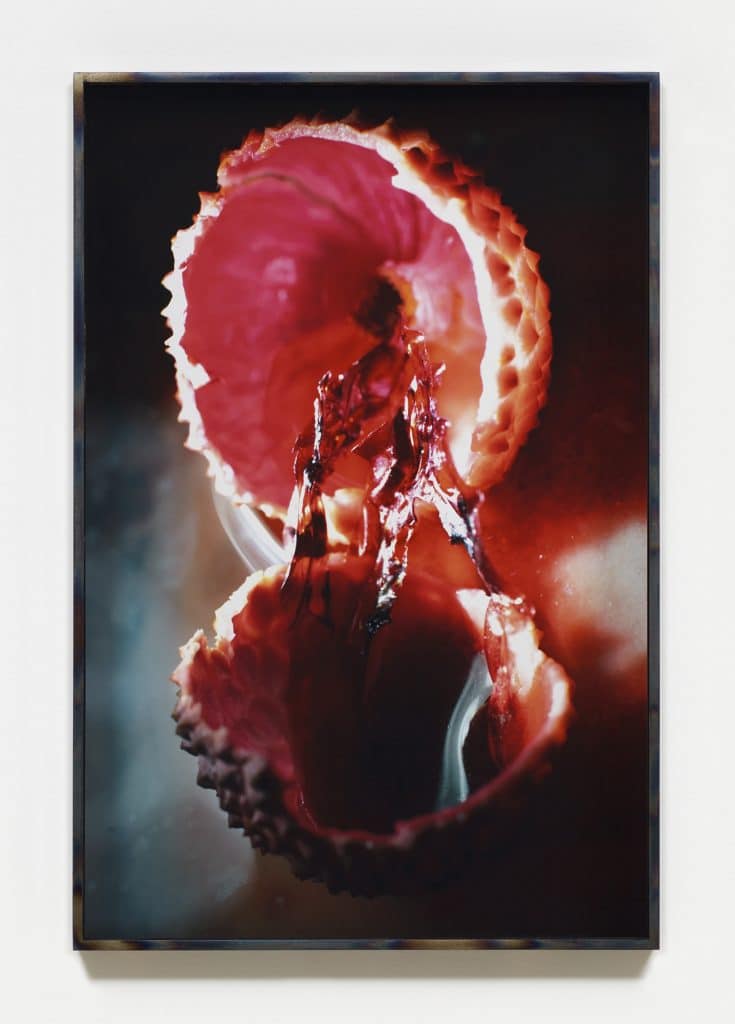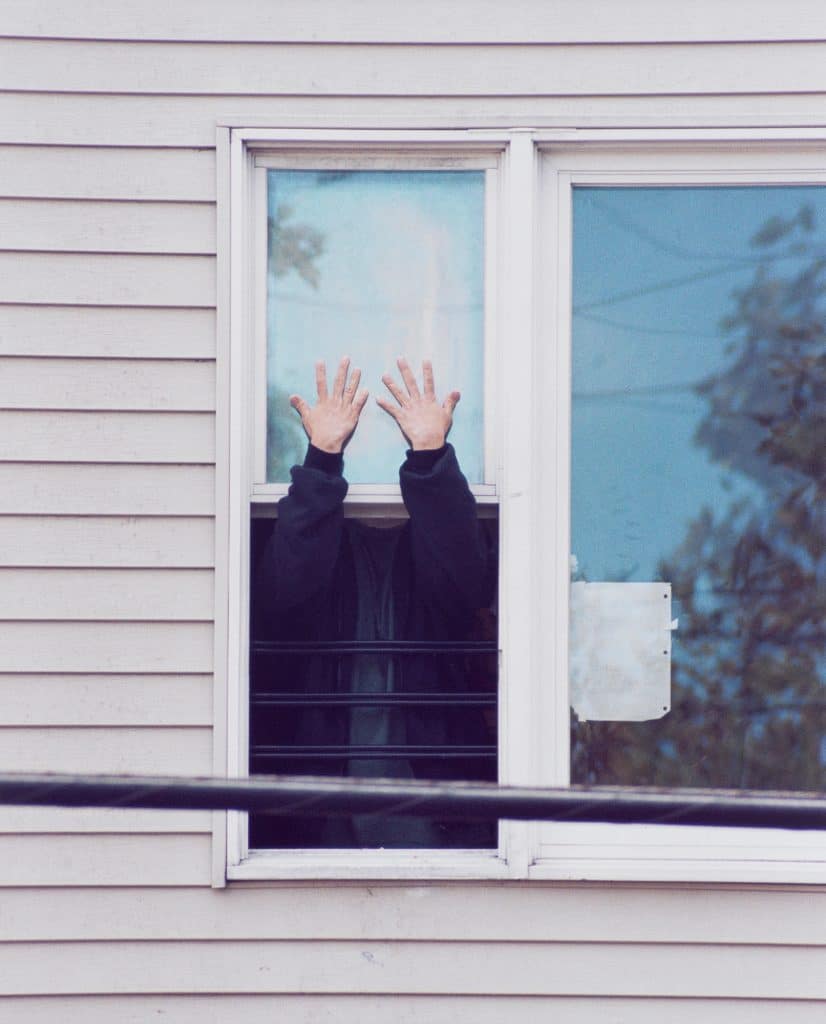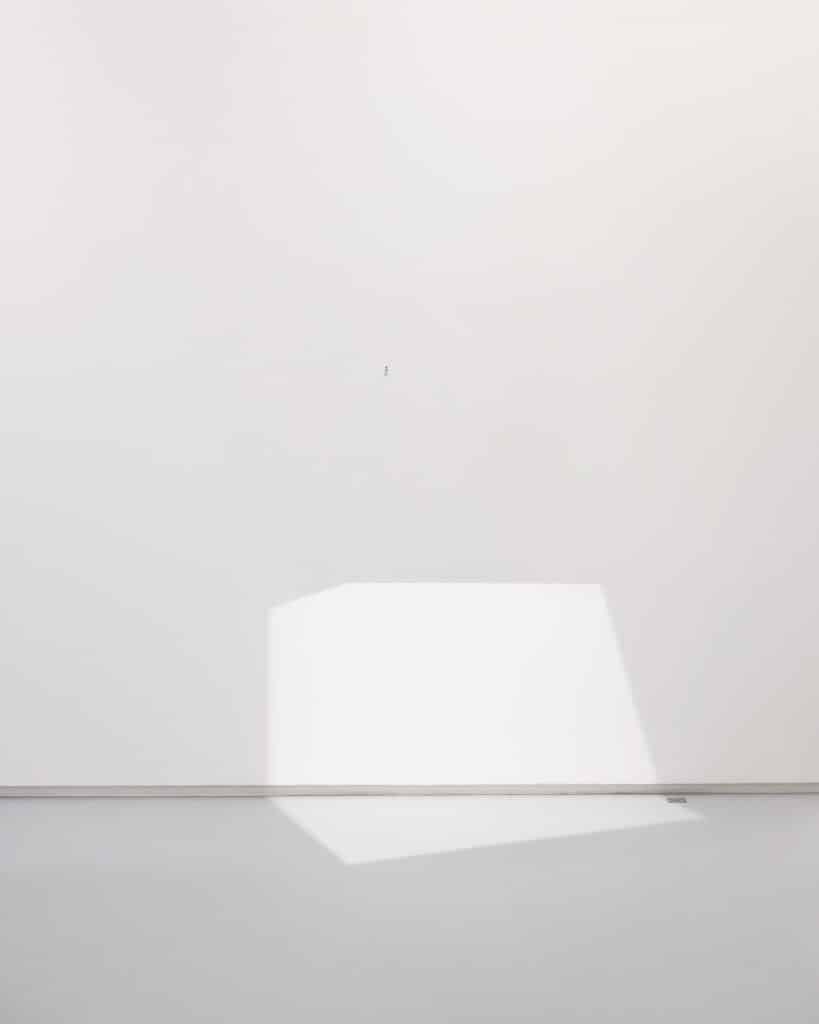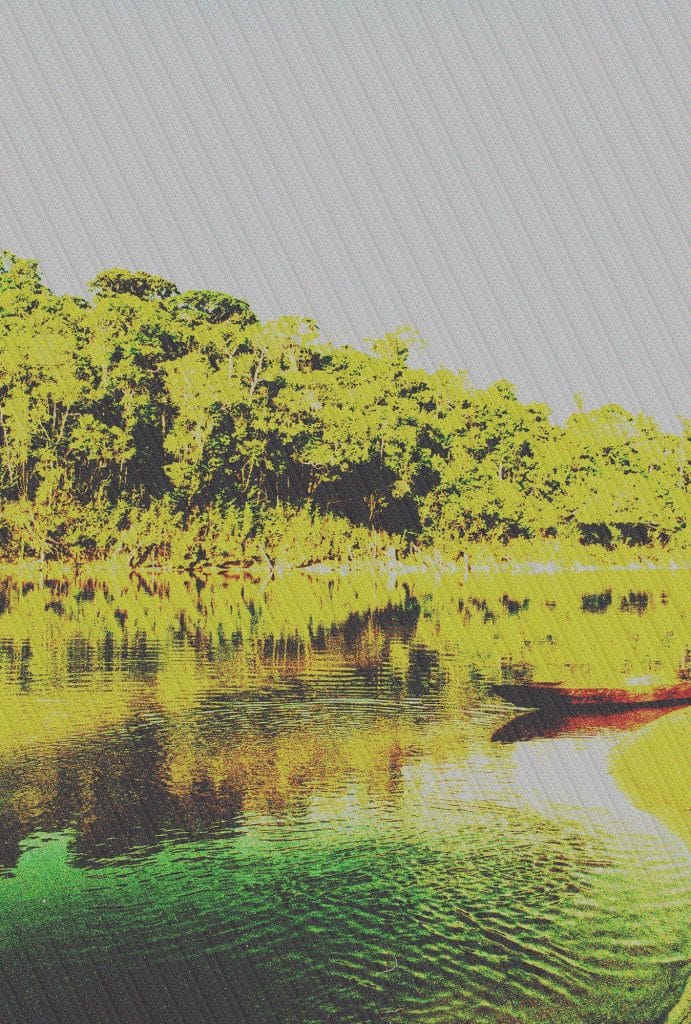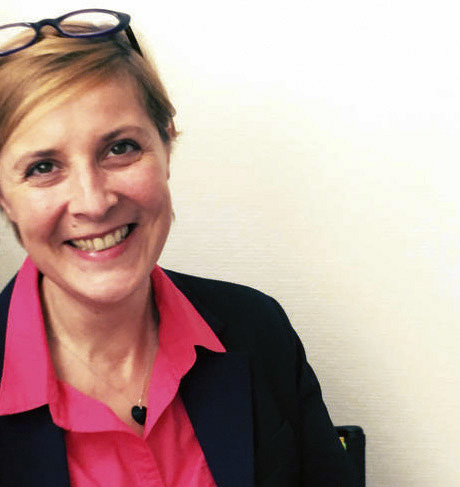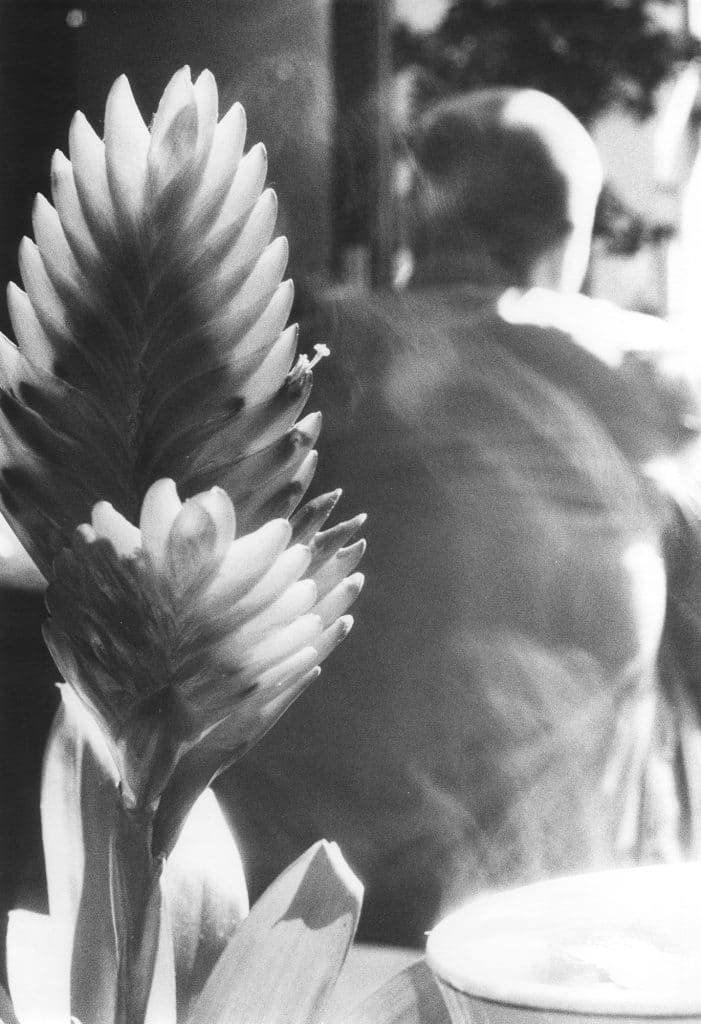
Just a few weeks ago, the Jeu de Paume featured the Thomas Walther Collection and Masterworks of Modern Photography from the MoMA, all vintage prints from the interwar period. Now, the festival brings together VR, holograms, installations, videos, sculptures, in-situ works, as well as photographic prints. The contrast between the two events reveals a full spectrum of the meaning of “image.” It also reminds us that the Jeu de Paume is a place dedicated to more than photography.
Fata morgana is an Italian term describing a rare optical phenomenon, well known to sailors, that can be roughly translated as “mirage.” The festival thus invites us to question the visible, what we look at and what we see. In the words of Béatrice Gross, the curator of the exhibition, “Fata Morgana proposes a critical and poetic reflection on the modalities of the emergence of the visible.” Optical illusions, trompe-l’oeil: the works exhibited encourage us to stretch our bodies as well as our minds, because to appreciate them, it is often necessary to turn around, to step forward or back. In other words, one must find the right point of view to take in the work and grasp its meaning.


The exhibition visit often morphs into an interactive experience where the spectator takes part in “creating the work,” for example in the case of Daniel Steegmann Mangrané’s Systemic Grid 126 (Window), placed right by the entrance to the first gallery. It’s a kind of large transparent glass, composed of fragments of different textures, which frames the space in such a way as to offer a blurred picture of the environment, a sort of mirage. Elsewhere, we must use our imagination: what appears to be a marble or stucco column is in fact the result of the application of photographic ink sourced by Raphaël Lecoquierre from family photos found on a beach by the North Sea. The abstract motifs represent, in a way, the memory of memories, those of family photos.
More traditional, because taking the form of photographic prints displayed on the wall, Jochen Lempert’s images (also featured at the Centre Pompidou’s Galerie de Photographies in May) are poetry in black and white. They surprise by defying classic rules of framing and proposing a fragmented vision. The German photographer samples reality: pigeons on a sidewalk, a poppy flower and its shadow, a fly resting on a human hand, etc., developing an inventory of forms and materials. Elsewhere in the exhibition, Illanit Illouz’s prints astonish with their textures and sparkle (see “Works come alive at the Rencontres d’Arles”).
In his “Streams” series, Julien Bismuth manipulates the content of his images using digital tools, changing the colors of pixels by inserting text into their digital code. A classic riverside view is thus transformed into a disturbing landscape by being made fluorescent. In turn, Diane Severin Nguyen’s still lifes, developed from straightforward studio shots, are just as strange, notably thanks to the use of atypical lighting such as LEDs.
For once, the exhibition spills out of doors. Created by Batia Suter, an in-situ installation appropriates images of fruit found in an old, popular scientific textbook. Integrated into the building’s façade, these images can be viewed from the Tuileries Garden. At the Jeu de Paume this spring, you must keep your senses on alert and let yourself be carried away. It is not every day that you get to see mirages…
Fata Morgana, March 22 to May 22, Jeu de Paume.
Program of conferences, screenings and performances on the closing weekend, May 20-22.
Catalog, French and English version, Jeu de Paume/Manuella éditions, €39, 292 pp.
Podcast by Clara Schulmann: “Fata Morgana, les coulisses d’une exposition au Jeu de Paume” can be found on all platforms.

